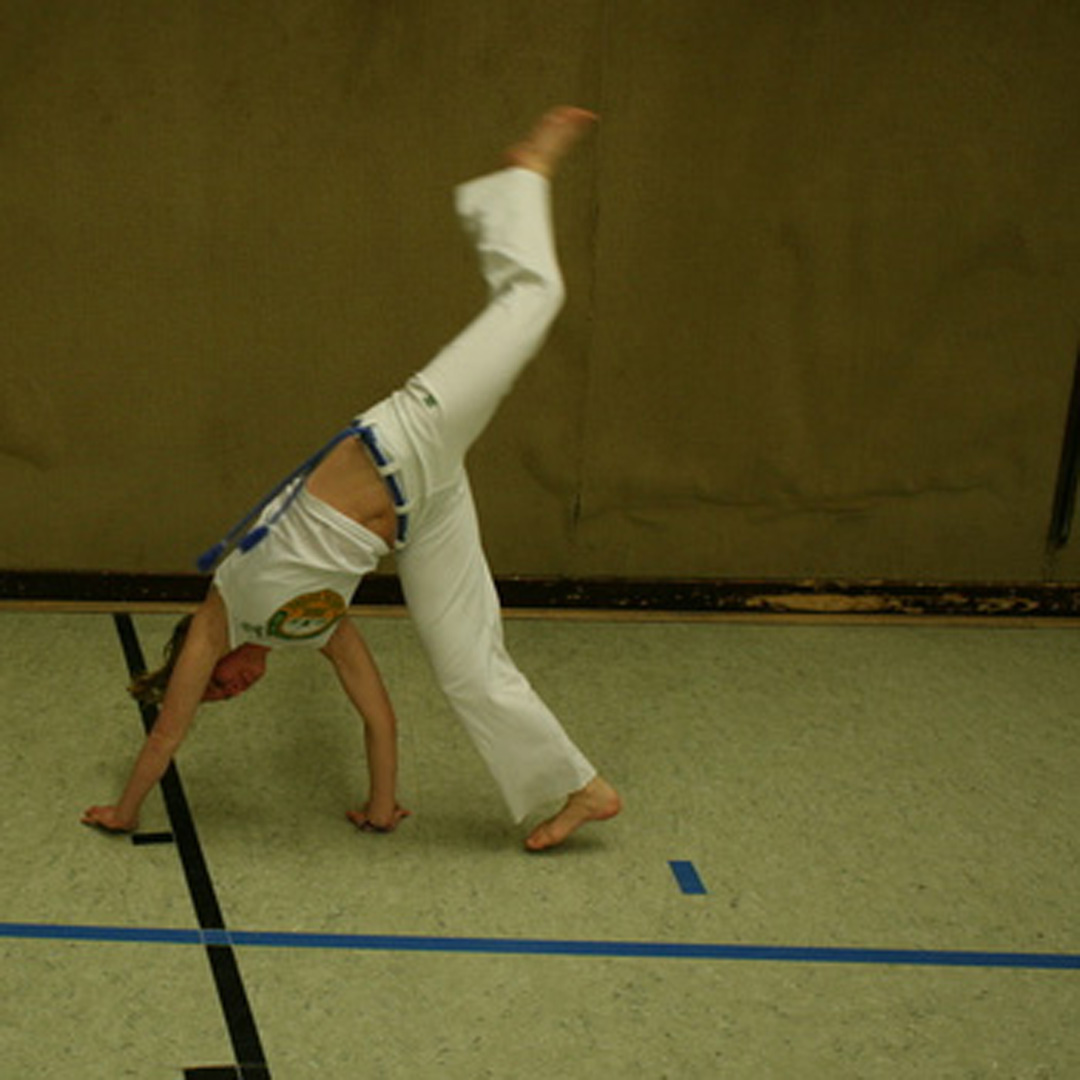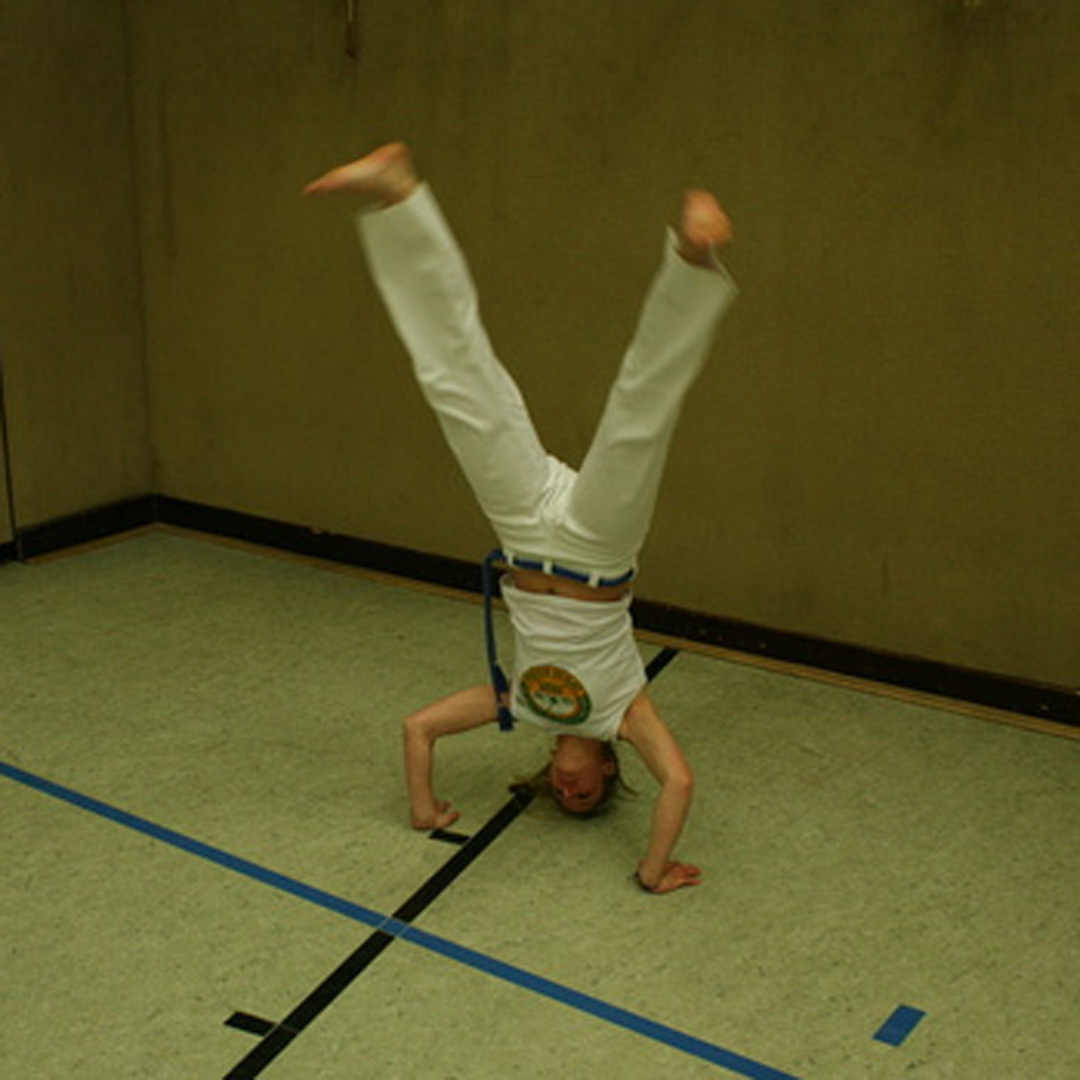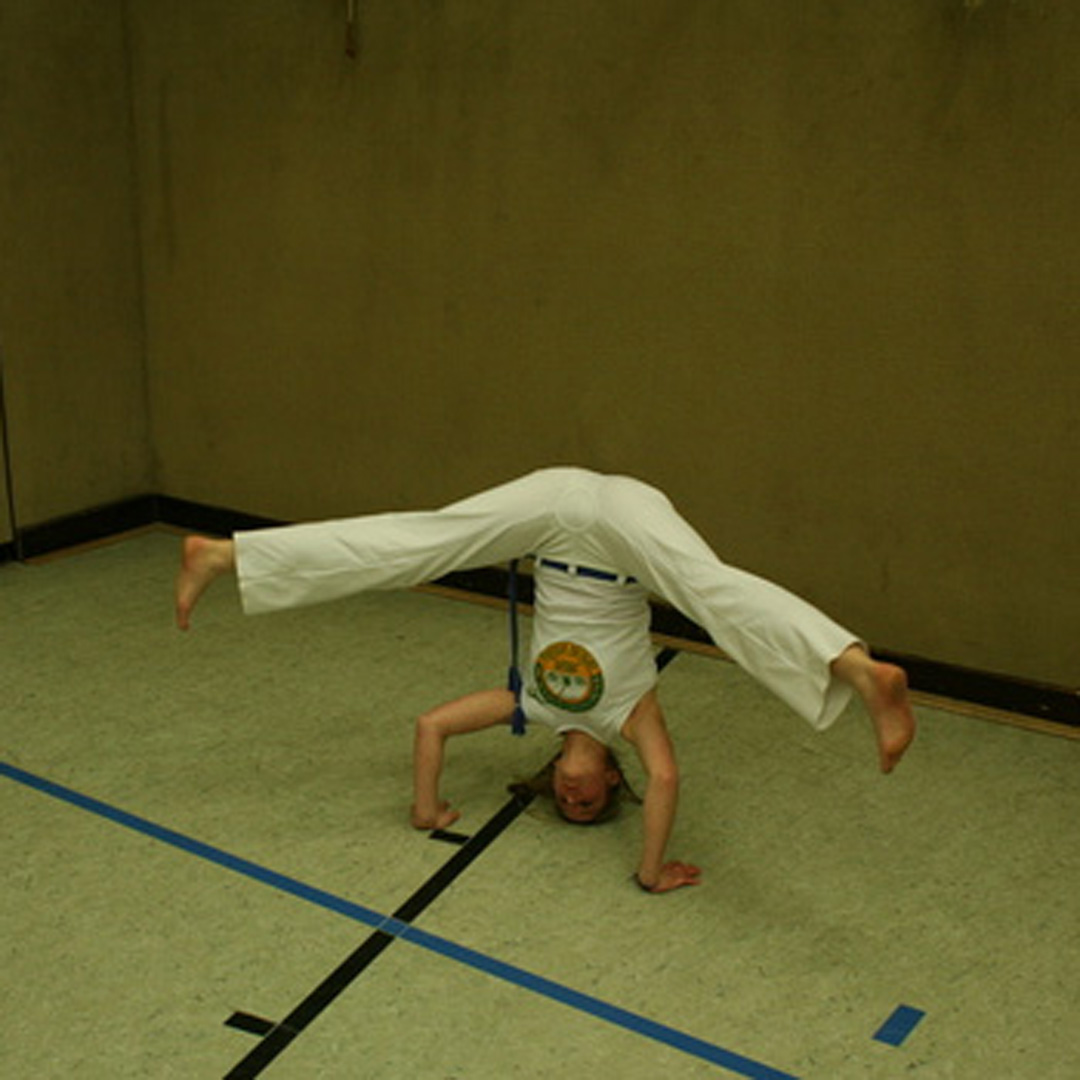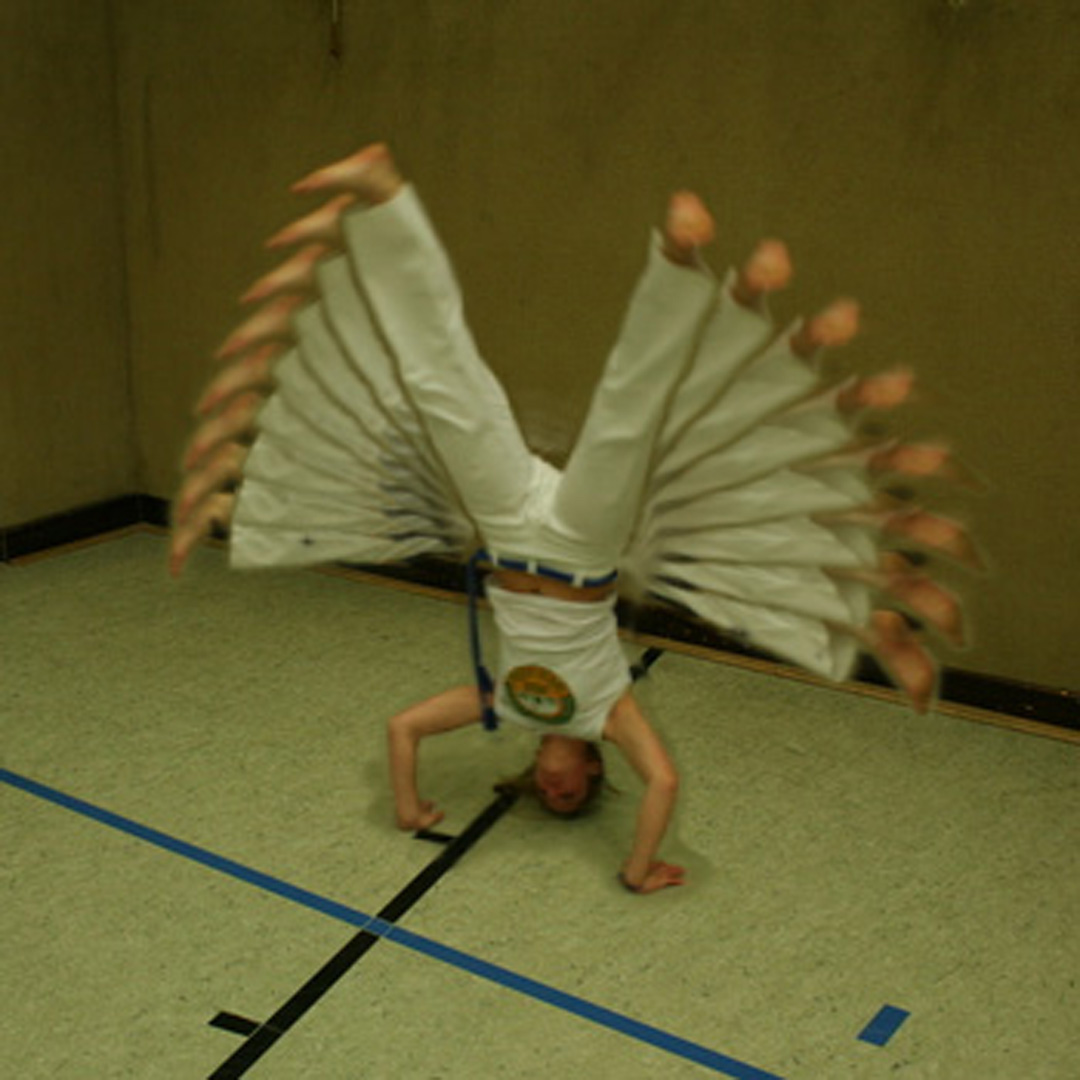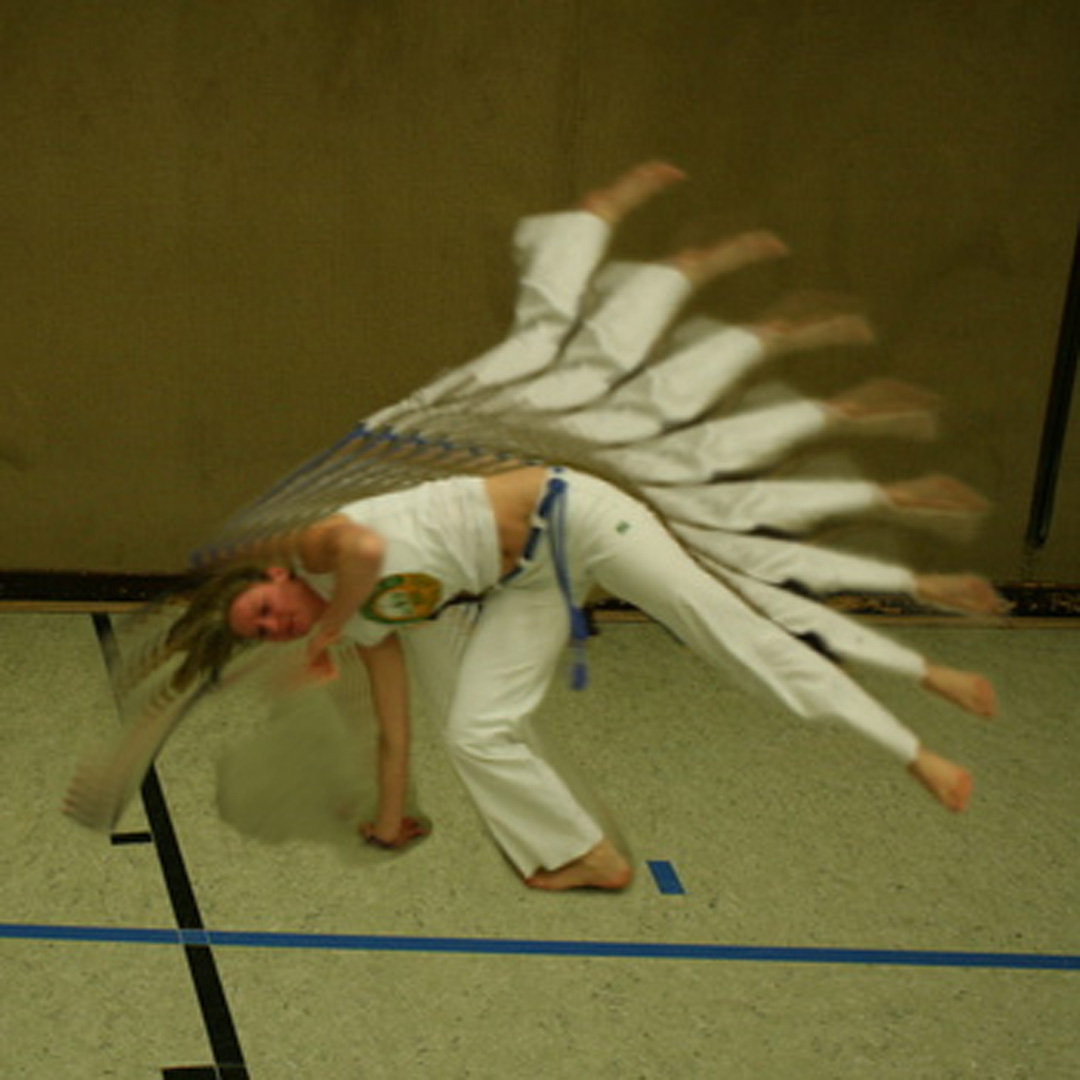“Image morphing for space-time interpolation” by Stich and Magnor
Conference:
Type(s):
Title:
- Image morphing for space-time interpolation
Presenter(s)/Author(s):
Abstract:
The human brain automatically attempts to interpret the physical visual inputs from our eyes in terms of plausible motion of the viewpoint and/or of the observed object or scene [Ellis 1938; Graham 1965; Giese and Poggio 2003]. In the physical world, the rules that define plausible motion are set by temporal coherence, parallax, and perspective projection. Our brain, however, refuses to feel constrained by the unrelenting laws of physics in what it deems plausible motion. Image metamorphosis experiments, in which unnatural, impossible in-between images are interpolated, demonstrate that under certain circumstances, we willingly accept chimeric images as plausible transition stages between images of actual, known objects [Beier and Neely 1992; Seitz and Dyer 1996]. Or think of cartoon animations which for the longest time were hand-drawn pieces of art that didn’t need to succumb to physical correctness. The goal of our work is to exploit this freedom of perception for space-time interpolation, i.e., to generate transitions between still images that our brain accepts as plausible motion in a moving 3D world.
References:
1. Beier, T., and Neely, S. 1992. Feature-based image metamorphosis. In Proceedings of SIGGRAPH’92, Chicago, ACM, 35–42.
2. Ellis, W., Ed. 1938. A Source Book of Gestalt Psychology. Kegan Paul, Trench, Trubner & Co. Ltd.
3. Giese, M., and Poggio, T. 2003. Neural mechanisms for the recognition of biological movements. Nature Reviews — Neuroscience 4 (Mar.), 179–192.
4. Graham, C. 1965. Vision and Visual Perception. New York: Wiley, ch. Perception of movement.
5. Seitz, S. M., and Dyer, C. R. 1996. View morphing. In Proceedings of SIGGRAPH’96, New Orleans, ACM, 21–30.
Additional Images:

